Home>Furniture>Outdoor Furniture>How To Waterproof Patio Cushions
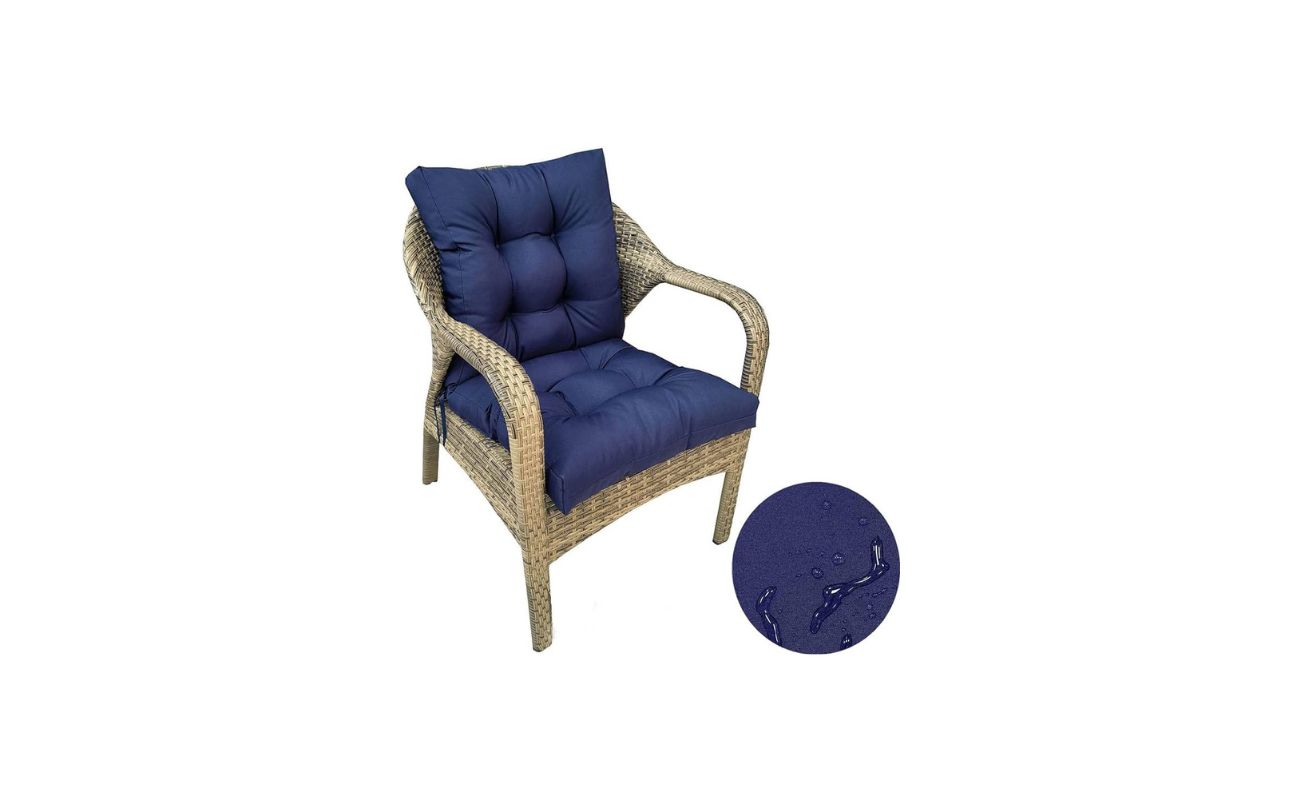

Outdoor Furniture
How To Waterproof Patio Cushions
Modified: March 7, 2024
Protect your outdoor furniture from water damage with our easy guide on how to waterproof patio cushions. Ensure long-lasting enjoyment of your outdoor space.
(Many of the links in this article redirect to a specific reviewed product. Your purchase of these products through affiliate links helps to generate commission for Storables.com, at no extra cost. Learn more)
Introduction
Welcome to this guide on how to waterproof patio cushions. If you enjoy spending time in your outdoor space, having comfortable patio cushions is essential. However, exposure to the elements can quickly lead to damage and deterioration of your cushions. That’s where waterproofing comes in.
Waterproofing your patio cushions not only helps protect them from water damage but also extends their lifespan, making them more durable and resistant to wear and tear. In this article, we will explore various methods of waterproofing and provide you with practical tips for maintaining your waterproofed patio cushions.
Whether you have fabric, foam, or outdoor-friendly cushions, these methods will help you shield them from rain, spills, and other potential sources of moisture. With proper waterproofing, you can enjoy your outdoor furniture worry-free and maintain its appearance for years to come.
So, let’s dive in and discover the best ways to keep your patio cushions dry and protected!
Key Takeaways:
- Protect your patio cushions from water damage by using waterproofing sprays, sealants, custom covers, or ready-made slipcovers. Regular cleaning, avoiding harsh chemicals, and proper storage are essential for maintaining their longevity.
- Waterproofing your patio cushions extends their lifespan, preserves their appearance, and offers worry-free outdoor enjoyment. Choose the best method for your cushions and follow maintenance tips to keep them in excellent condition for years to come.
Read more: How To Make Outdoor Cushions Waterproof
Why Waterproofing Patio Cushions is Important
When it comes to outdoor furniture, patio cushions are exposed to various elements that can cause damage over time. Rain, humidity, spills, and even sun exposure can all take a toll on the fabric and filling of your cushions. That’s why waterproofing them is essential. Here are a few reasons why waterproofing patio cushions is important:
- Protection from water damage: One of the primary reasons to waterproof your patio cushions is to protect them from water damage. Moisture can seep into the cushions, leading to mold, mildew, and unpleasant odors. By waterproofing, you create a barrier that prevents water from penetrating the cushion material.
- Prolongs cushion lifespan: Waterproofing your patio cushions can significantly extend their lifespan. Without protection, water can cause the fabric to fade, become brittle, or even develop stains. By creating a waterproof barrier, you shield the cushions from moisture-related issues, helping them stay in good condition for longer.
- Eases cleaning and maintenance: Waterproofing makes cleaning and maintaining your patio cushions much easier. When spills or accidents occur, a waterproofed cushion repels liquids, preventing them from absorbing into the fabric. This allows you to quickly wipe away the mess without it seeping deep into the cushion, making cleanup a breeze.
- Preserves cushion appearance: Another benefit of waterproofing is that it helps preserve the appearance of your patio cushions. Without proper protection, the fabric can become stained or discolored. Waterproofing prevents such issues, ensuring your cushions retain their vibrant colors and overall visual appeal.
- Offers versatility: Waterproofing your patio cushions opens up a world of possibilities. It allows you to use your outdoor furniture even during light drizzles or after a rain shower. You won’t have to worry about soggy cushions or waiting for them to dry before using your patio space again.
By taking the time to waterproof your patio cushions, you invest in their longevity and maintain their beauty. Now that we understand the importance of waterproofing, let’s explore different methods you can use to protect your cushions from the elements.
Different Methods of Waterproofing
When it comes to waterproofing patio cushions, there are several methods you can choose from. The right method for you will depend on the type of cushions you have and your personal preferences. Let’s explore some of the most common and effective methods:
- Using a Waterproofing Spray: Waterproofing sprays are easy to use and provide a quick solution for protecting your patio cushions. Simply spray the waterproofing formula evenly over the cushions, ensuring full coverage. The spray forms a protective barrier that repels water, keeping your cushions dry. Make sure to choose a spray specifically designed for outdoor fabrics. Follow the instructions on the spray can for best results.
- Applying a Waterproofing Sealant: A waterproofing sealant is another effective method for protecting cushions. It comes in liquid form and can be applied using a brush or a roller. The sealant creates a waterproof barrier by bonding with the fabric, making it resistant to moisture. Before applying the sealant, clean the cushions thoroughly and let them dry. Follow the manufacturer’s instructions for proper application and drying time.
- Sewing Waterproof Covers: If you are handy with a sewing machine, sewing waterproof covers for your cushions can provide excellent protection. You can use waterproof fabric or even repurpose shower curtains or outdoor tablecloths. Measure the dimensions of your cushions, cut the fabric accordingly, and sew the covers. Make sure to leave openings for zippers or ties to easily remove and clean the covers when needed.
- Using Waterproof Slipcovers or Cushion Bags: If you prefer a no-sew option, waterproof slipcovers or cushion bags are a convenient choice. These ready-made covers are designed to fit over your patio cushions, providing quick and easy protection. Slip the covers over the cushions, ensuring a snug fit, to shield them from water and other liquids. Many slipcovers also offer UV protection, preventing sun damage.
Each of these methods has its advantages, so choose the one that suits your needs and preferences the best. Remember to consider the specific requirements of your patio cushions and the climate in your area. Now that you know the different methods of waterproofing, let’s dive into the details of each technique.
Method 1: Using a Waterproofing Spray
Using a waterproofing spray is an easy and effective method to protect your patio cushions from moisture. This method is particularly suitable for fabric cushions and is a popular choice among outdoor furniture enthusiasts. Here’s a step-by-step guide on how to use a waterproofing spray:
- Prepare the cushions: Start by ensuring that the cushions are clean and dry. Remove any dirt or debris by gently brushing or vacuuming the surface. If the cushions have any stains, treat them with a fabric stain remover and allow them to dry completely before proceeding.
- Choose the right spray: Select a waterproofing spray specifically designed for outdoor fabrics. Consider factors such as the type of fabric, level of waterproofing required, and any additional features like UV protection. Read the label and product instructions carefully to ensure compatibility with your cushions.
- Test on a small, inconspicuous area: Before applying the spray to the entire cushion, it’s a good idea to test it on a small, inconspicuous area. This will allow you to check for any adverse reactions, discoloration, or changes in texture. If there are no issues, you can proceed with confidence.
- Apply the spray: To begin, shake the spray can well to mix the contents thoroughly. Hold the can approximately 6-8 inches away from the cushion’s surface and apply an even layer of the waterproofing spray. Make sure to cover the entire cushion and pay extra attention to seams and stitching.
- Allow drying time: After applying the spray, allow the cushions to dry completely according to the manufacturer’s instructions. This will ensure that the waterproof barrier forms properly and enhances the effectiveness of the spray. Avoid using or stacking the cushions until they are fully dry.
- Repeat if necessary: Depending on the level of waterproofing required and the specific product you’re using, you may need to repeat the process for enhanced protection. Follow the recommended number of applications and drying times mentioned on the product label.
- Regular maintenance: To maintain the waterproofing, reapply the spray periodically or as directed by the manufacturer. Regularly inspect the cushions for signs of wear or degraded waterproofing and touch up as needed. Keep in mind that heavy rainfall or frequent use may require more frequent reapplication.
Using a waterproofing spray is a convenient and effective way to protect your patio cushions from water damage. It creates a barrier that repels water, ensuring your cushions stay dry and comfortable. With proper application and maintenance, your cushions will be ready to withstand the elements and provide you with long-lasting comfort.
Method 2: Applying a Waterproofing Sealant
If you prefer a more durable and long-lasting solution for waterproofing your patio cushions, applying a waterproofing sealant is an excellent choice. This method creates a protective barrier that bonds with the fabric, making it resistant to water and moisture. Here’s a step-by-step guide on how to apply a waterproofing sealant to your cushions:
- Prepare the cushions: Start by ensuring that the cushions are clean and dry. Remove any dirt, dust, or stains by gently brushing or vacuuming the surface. If there are any stubborn stains, treat them with a fabric stain remover and allow the cushions to dry fully before proceeding.
- Choose a suitable sealant: Look for a waterproofing sealant specifically designed for outdoor use and compatible with your cushion material. Consider factors such as the type of fabric, level of waterproofing desired, and any additional features such as UV protection or stain resistance. Read the label and instructions carefully to ensure proper application.
- Test on a small, inconspicuous area: Before applying the sealant to the entire cushion, perform a patch test on a small, hidden area to check for any adverse reactions or discoloration. This step will help you ensure that the sealant is compatible with your cushions and does not cause any unwanted changes in texture or appearance.
- Apply the sealant: Start by gently brushing or rolling the sealant onto the cushion’s surface. Make sure to cover the entire cushion, including all sides, edges, and seams. Pay extra attention to areas that may be more prone to moisture exposure, such as the top surface or corners of the cushions. Use a thin, even layer to ensure proper bonding with the fabric.
- Allow drying and curing time: After applying the sealant, allow the cushions to dry and cure according to the manufacturer’s instructions. This step is vital as it ensures that the sealant fully bonds with the fabric, creating a robust and effective waterproof barrier. Avoid using or stacking the cushions until they are thoroughly dry.
- Repeat the process if necessary: Depending on the specific sealant used and the level of waterproofing required, you may need to apply multiple coats. Follow the manufacturer’s instructions regarding the number of coats, drying times, and any additional steps required for optimal protection.
- Maintain the sealant: To maintain the waterproofing, periodically inspect the cushions for signs of wear or deterioration. If necessary, touch up the sealant in areas that show signs of cracking or peeling. Clean the cushions according to the manufacturer’s instructions, avoiding harsh chemicals or abrasive cleaning methods that may compromise the sealant’s effectiveness.
Applying a waterproofing sealant provides a reliable and long-lasting solution for protecting your patio cushions from water damage. By following these steps and properly maintaining the sealant, you can enjoy your outdoor space with confidence, knowing that your cushions are well-protected against various weather conditions.
To waterproof patio cushions, use a waterproofing spray designed for outdoor fabrics. Apply the spray in a well-ventilated area and let the cushions dry completely before using them.
Read more: How To Store Patio Cushions
Method 3: Sewing Waterproof Covers
If you have basic sewing skills or enjoy DIY projects, sewing waterproof covers for your patio cushions can be a creative and effective method of waterproofing. By creating custom covers, you can provide full coverage and protection for your cushions. Here’s a step-by-step guide on how to sew waterproof covers for your patio cushions:
- Measure and gather materials: Start by measuring your patio cushions to determine the dimensions for your covers. Consider adding a few extra inches for seam allowances. Then, gather the necessary materials – waterproof fabric, thread, sewing machine, scissors, pins, and any additional embellishments or closures you desire.
- Choose the right fabric: Select a waterproof or water-resistant fabric that is suitable for outdoor use. Look for fabrics such as polyester, nylon, or canvas with a waterproof coating or backing. These materials will provide the necessary protection against moisture while still being durable and resistant to fading.
- Cut the fabric: Using your measurements, carefully cut out pieces of fabric for each cushion. Remember to account for any additional fabric needed for closures and overlapping seams. If you plan to add piping or other decorative elements, cut those pieces as well.
- Sew the covers: With your fabric pieces ready, begin sewing the covers together. Start by pinning the fabric pieces with right sides together, aligning the edges. Use a straight stitch on your sewing machine to sew the pieces together, leaving one side or end open for inserting the cushion.
- Add closures: Consider how you want to close the covers securely. You can opt for zippers, buttons, ties, or Velcro closures, depending on your preference and sewing skill level. Sew the chosen closure method in place, ensuring it is sturdy and secure.
- Turn the covers right side out: Once the covers are sewn, carefully turn them right side out through the open end. Use a blunt object, such as a chopstick or knitting needle, to push out the corners and achieve a clean, crisp finish.
- Insert the cushions: Slip your patio cushions into the covers through the open end, making sure they fit snugly. If necessary, adjust the covers or cushions for a proper fit. Once the cushions are inserted, hand-sew or machine-stitch the open end closed to complete the covers.
- Regular maintenance: To maintain the waterproofing of your covers, lightly clean them periodically following the manufacturer’s instructions. Spot clean any stains or spills promptly to prevent them from penetrating the fabric. If the covers require a deeper cleaning, remove the cushions and hand-wash or use a gentle cycle in the washing machine according to the specific fabric’s care instructions.
Sewing waterproof covers for your patio cushions allows you to customize their design and offers a durable solution for protecting them from moisture. By following these steps and taking proper care of the covers, you can enjoy your outdoor furniture with confidence, knowing that your cushions are well-protected and stylishly covered.
Method 4: Using Waterproof Slipcovers or Cushion Bags
If you’re looking for a quick and convenient way to waterproof your patio cushions, using waterproof slipcovers or cushion bags is an excellent option. These ready-made covers are designed specifically for outdoor use and provide instant protection for your cushions. Here’s a step-by-step guide on how to use waterproof slipcovers or cushion bags:
- Measure your cushions: Start by measuring the dimensions of your patio cushions to ensure a proper fit for the slipcovers or cushion bags. Take accurate measurements of the length, width, and height of each cushion.
- Purchase appropriate slipcovers or bags: Look for waterproof slipcovers or cushion bags that are designed to accommodate the size and shape of your cushions. Ensure that they are made of high-quality and durable material to withstand outdoor conditions.
- Prepare the cushions: Before placing the cushions in the slipcovers or bags, ensure they are clean and dry. Remove any dirt or debris by gently brushing or vacuuming the surface. If the cushions have stains, treat them with a fabric stain remover and allow them to dry thoroughly before proceeding.
- Insert the cushions: Open the slipcover or cushion bag and insert the corresponding cushion. Make sure to align the corners and edges of the cushion with the slipcover or bag. For slipcovers, ensure that all sides and edges of the cushion are covered completely.
- Secure the slipcover or bag: Depending on the design of the slipcover or bag, secure it using the provided closures such as zippers, drawstrings, or ties. Ensure that the slipcover or bag fits snugly around the cushion to prevent water from seeping in.
- Position the cushions: Place the waterproofed cushions back in their intended locations on your patio furniture. Adjust them to ensure they are arranged comfortably and securely.
- Regular maintenance: Periodically inspect the slipcovers or bags for any signs of wear or damage. If necessary, clean them according to the manufacturer’s instructions to maintain their waterproofing properties. During heavy rainfall or extended periods of non-use, consider storing your cushions in a dry, covered area to further protect them from the elements.
Using waterproof slipcovers or cushion bags is a hassle-free and effective way to safeguard your patio cushions from water damage. These ready-made covers provide instant protection and can easily be removed and cleaned as needed. With this method, you can enjoy your outdoor space without worrying about your cushions getting soaked or damaged by moisture.
Tips for Maintaining Waterproofed Patio Cushions
Now that you’ve waterproofed your patio cushions using one of the methods mentioned, it’s important to follow proper maintenance techniques to ensure their long-lasting effectiveness. Here are some valuable tips to help you maintain your waterproofed patio cushions:
- Regularly clean the cushions: Regular cleaning is essential to prevent dirt, debris, and stains from compromising the waterproofing. Follow the manufacturer’s instructions for cleaning your cushions, whether it’s spot cleaning or using a gentle detergent and water solution. Remove any spills or stains promptly to prevent them from penetrating the cushion fabric.
- Avoid harsh chemicals: When cleaning your waterproofed cushions, avoid using harsh chemicals or abrasive cleaning agents as they can damage the waterproof coating. Stick to mild cleaners and gentle scrubbing techniques to preserve the integrity of the waterproofing.
- Store cushions when not in use: If you are not using your patio furniture for an extended period, it’s advisable to store the cushions in a dry and covered area. This helps protect them from prolonged exposure to rain or humidity, ensuring their longevity.
- Protect cushions from direct sunlight: While waterproofing helps protect your cushions from moisture, it’s also important to shield them from excessive sunlight. Prolonged exposure to UV rays can cause fabric fading or degradation. Consider using an umbrella, awning, or placing your furniture in a shaded area to minimize sun exposure.
- Inspect for damage: Regularly inspect your waterproofed cushions for any signs of wear, tears, or deterioration. Check the seams and stitching to ensure they are intact. Repair any damages promptly to prevent water from seeping through and compromising the waterproofing barrier.
- Reapply waterproofing as needed: Over time, the waterproofing on your cushions may wear off due to exposure to the elements and repeated use. Monitor the effectiveness of the waterproofing and reapply as necessary. Follow the instructions provided by the manufacturer to ensure proper application and optimal protection.
- Protect against sharp objects: Be cautious to prevent sharp objects, such as knives or scissors, from coming into contact with your cushions. Punctures or cuts in the fabric can compromise the waterproofing. Use coasters or protective mats when placing sharp or heavy items on your outdoor furniture.
- Consider additional covers: In addition to waterproofing your cushions, you may also want to consider using additional covers or storage bags when not in use. These extra layers of protection can further safeguard your cushions from dust, dirt, and other potential causes of damage.
By following these maintenance tips, you can keep your waterproofed patio cushions in excellent condition and ensure their long-lasting performance. Regular cleaning, proper storage, and periodic inspection will help you maximize the benefits of waterproofing, allowing you to enjoy comfortable and well-protected outdoor furniture for years to come.
Conclusion
Waterproofing your patio cushions is a crucial step in maintaining their comfort, durability, and appearance. Whether you choose to use a waterproofing spray, apply a sealant, sew custom covers, or opt for ready-made slipcovers or cushion bags, each method offers its own advantages in protecting your cushions from water damage.
By creating a waterproof barrier, you shield your cushions from the potentially damaging effects of moisture, such as mold, mildew, stains, and fabric deterioration. This not only prolongs their lifespan but also allows you to enjoy your outdoor space worry-free, even during light rain or after a heavy downpour.
Proper maintenance is key to ensuring the effectiveness of your waterproofing efforts. Regular cleaning, avoiding harsh chemicals, protecting cushions from direct sunlight, and inspecting for damage are all essential steps in preserving the waterproofing barrier. Additionally, reapplying waterproofing as needed and considering additional covers or storage bags can further enhance the longevity and protection of your patio cushions.
Remember, each method of waterproofing has its own benefits and considerations, so choose the one that best suits your needs, preferences, and cushion type. Whether you have fabric, foam, or outdoor-friendly cushions, there is a waterproofing method for you.
With the information and tips provided in this guide, you are now equipped with the knowledge and tools to effectively waterproof your patio cushions and maintain their quality for years to come. So, go ahead and embrace the outdoors with confidence, knowing that your cushions are protected and ready to provide you with the utmost comfort.
Frequently Asked Questions about How To Waterproof Patio Cushions
Was this page helpful?
At Storables.com, we guarantee accurate and reliable information. Our content, validated by Expert Board Contributors, is crafted following stringent Editorial Policies. We're committed to providing you with well-researched, expert-backed insights for all your informational needs.
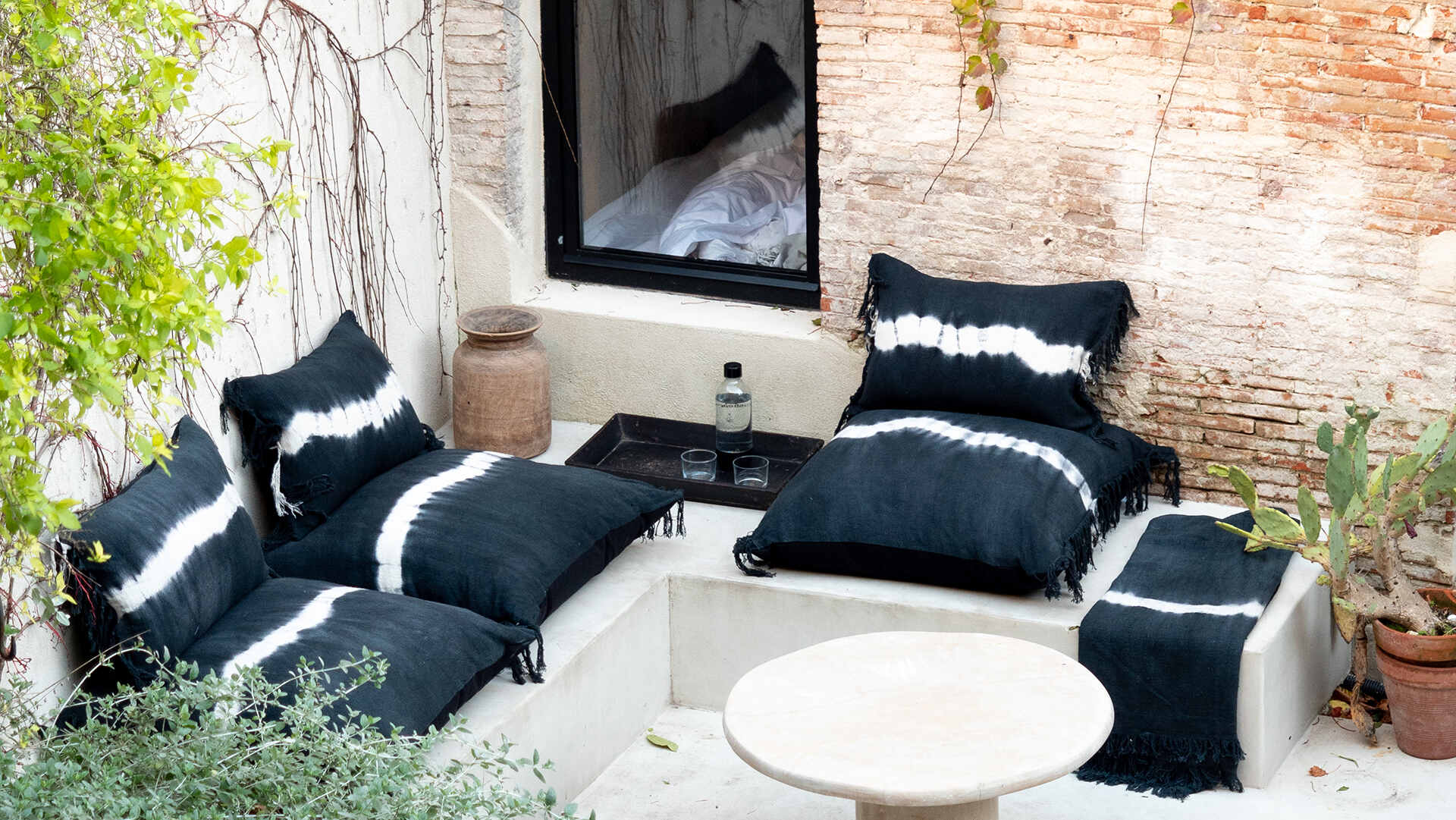
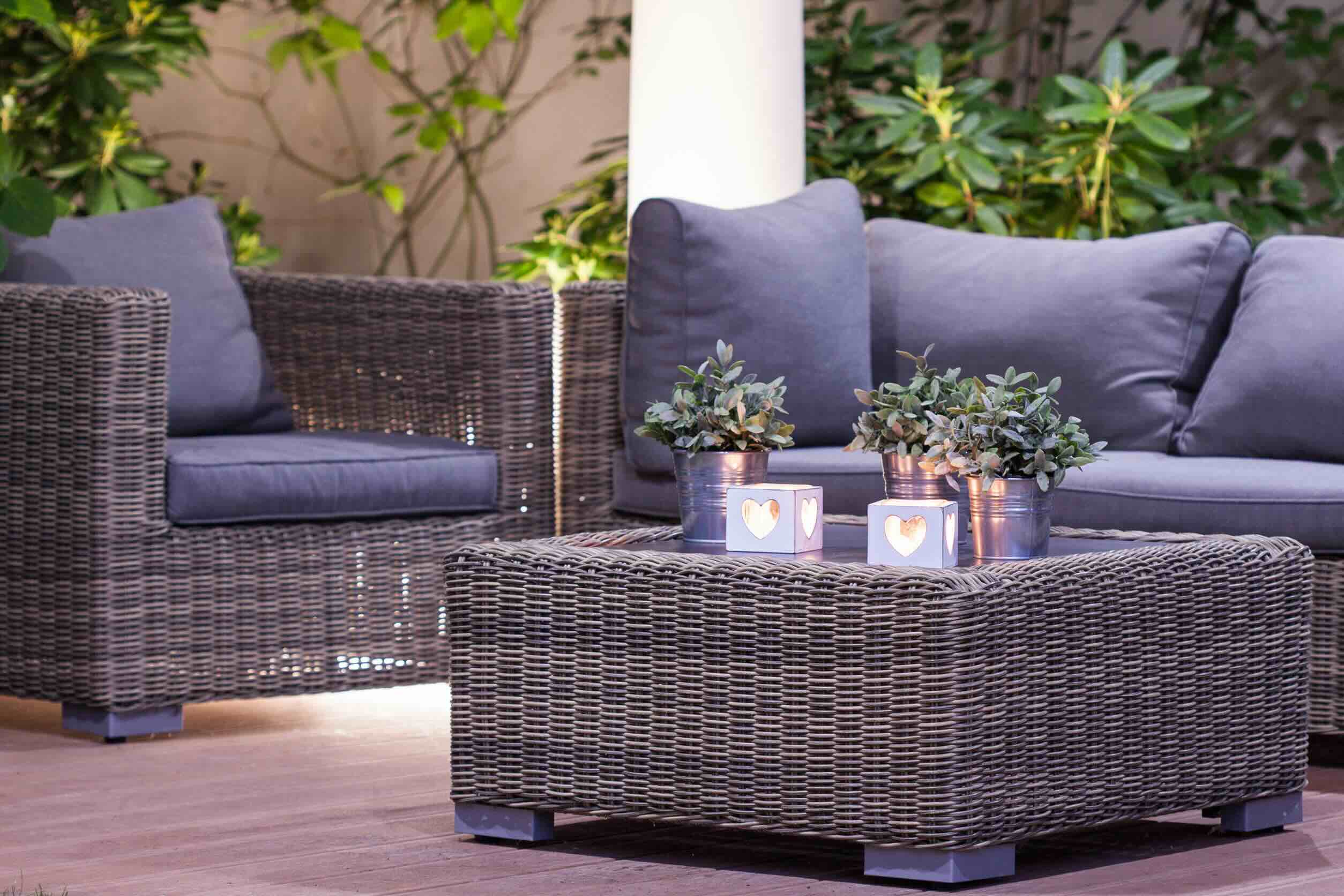
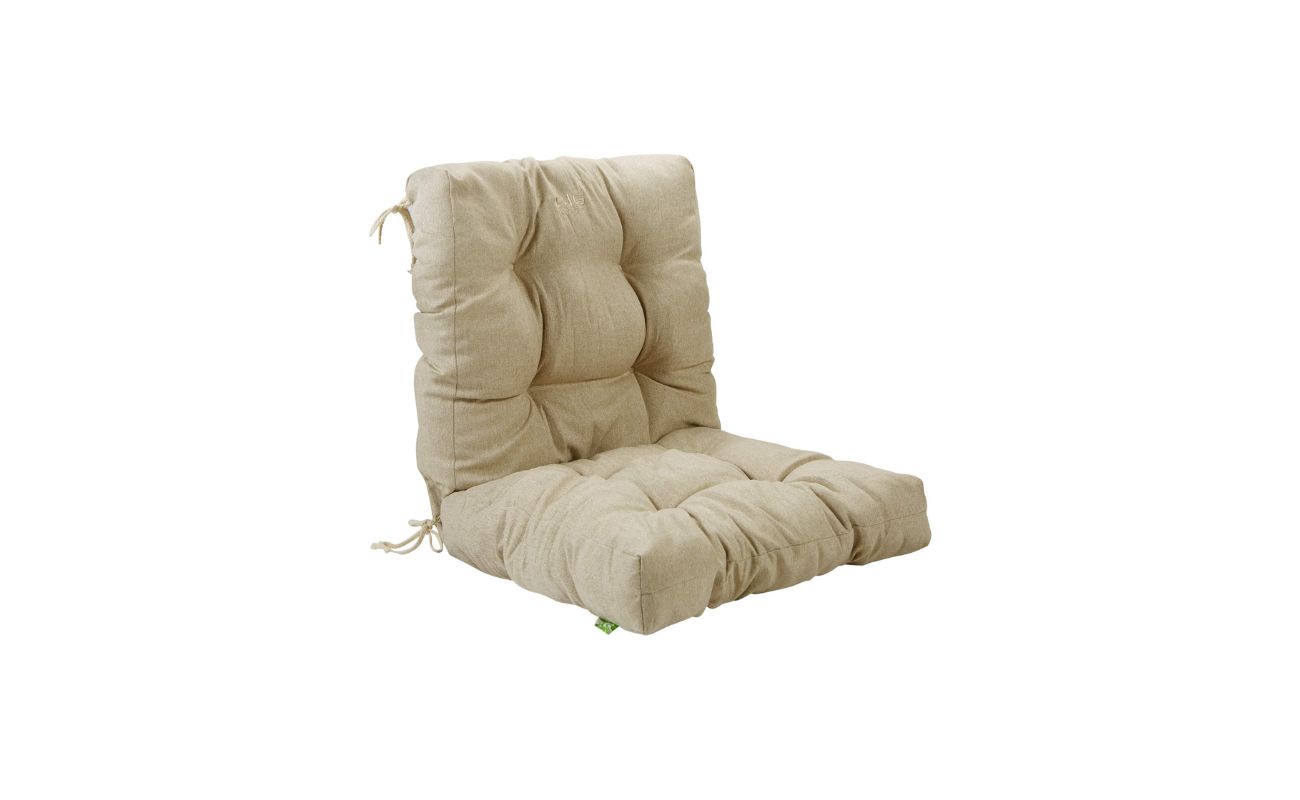
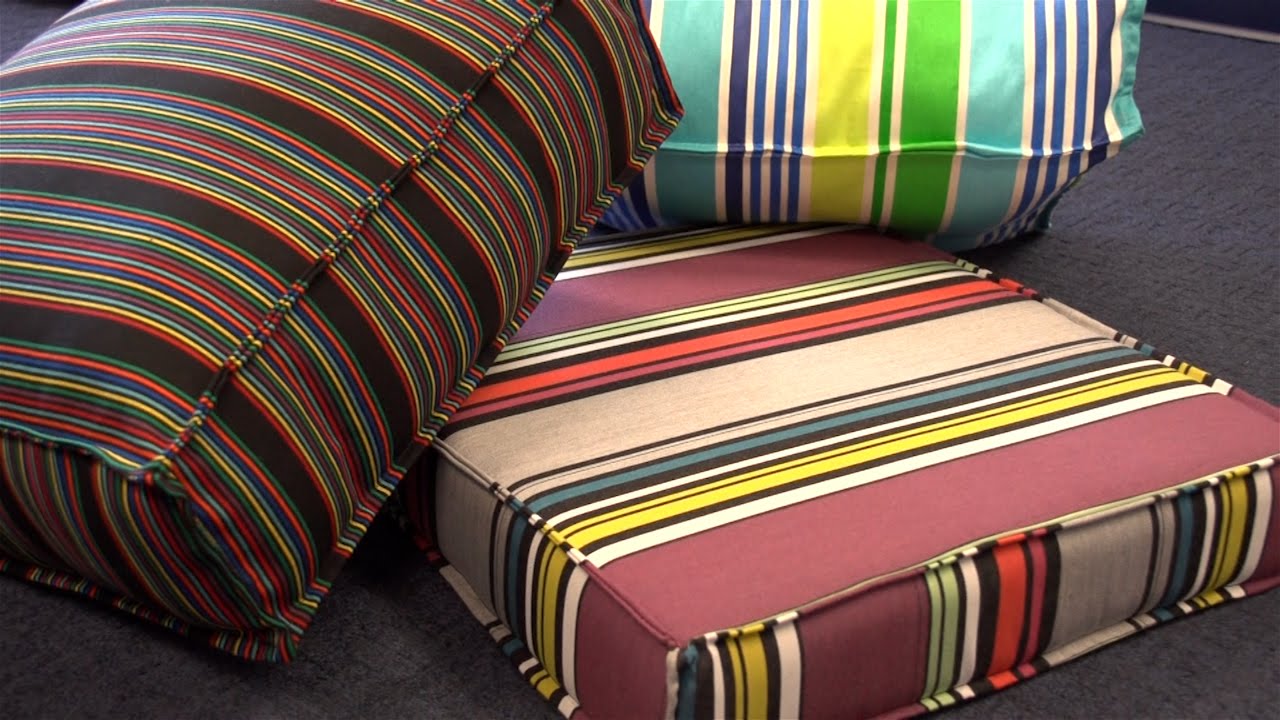
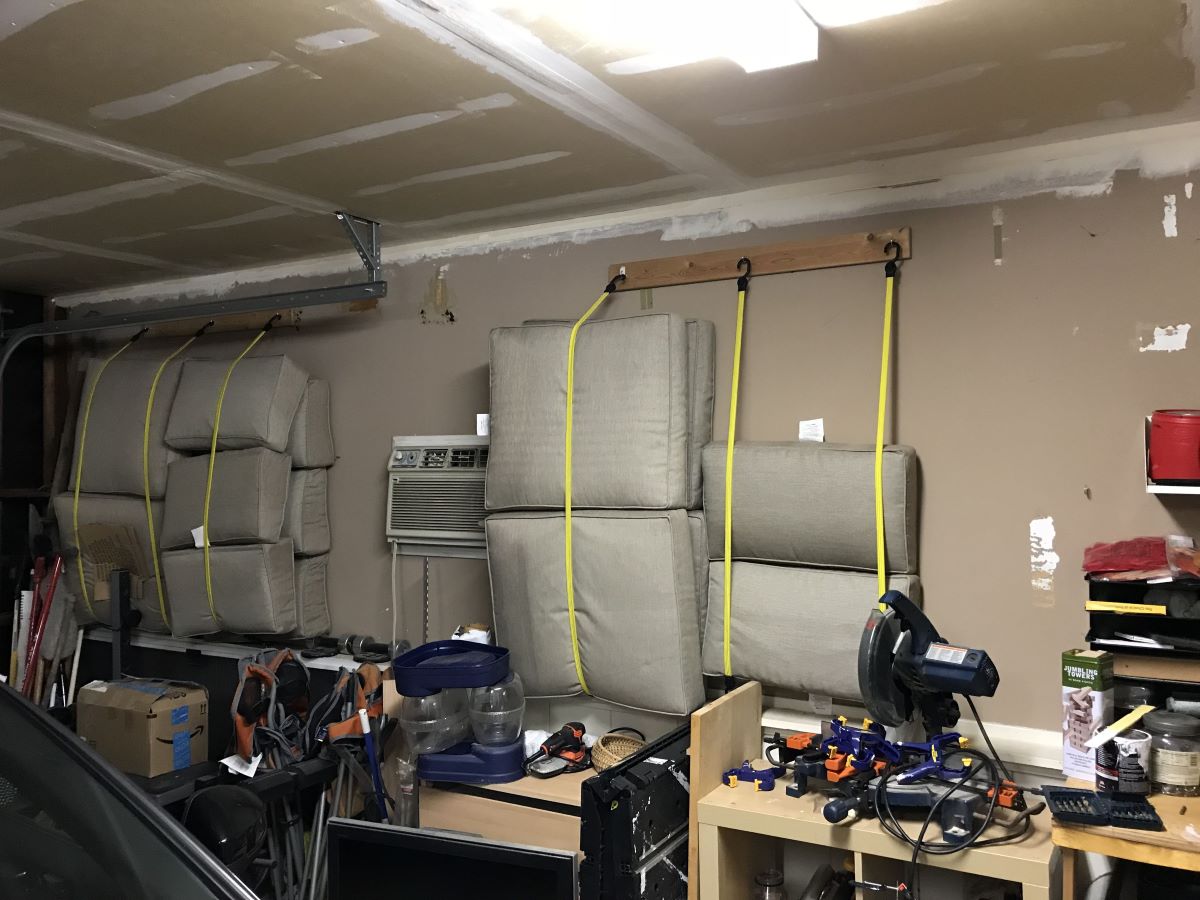
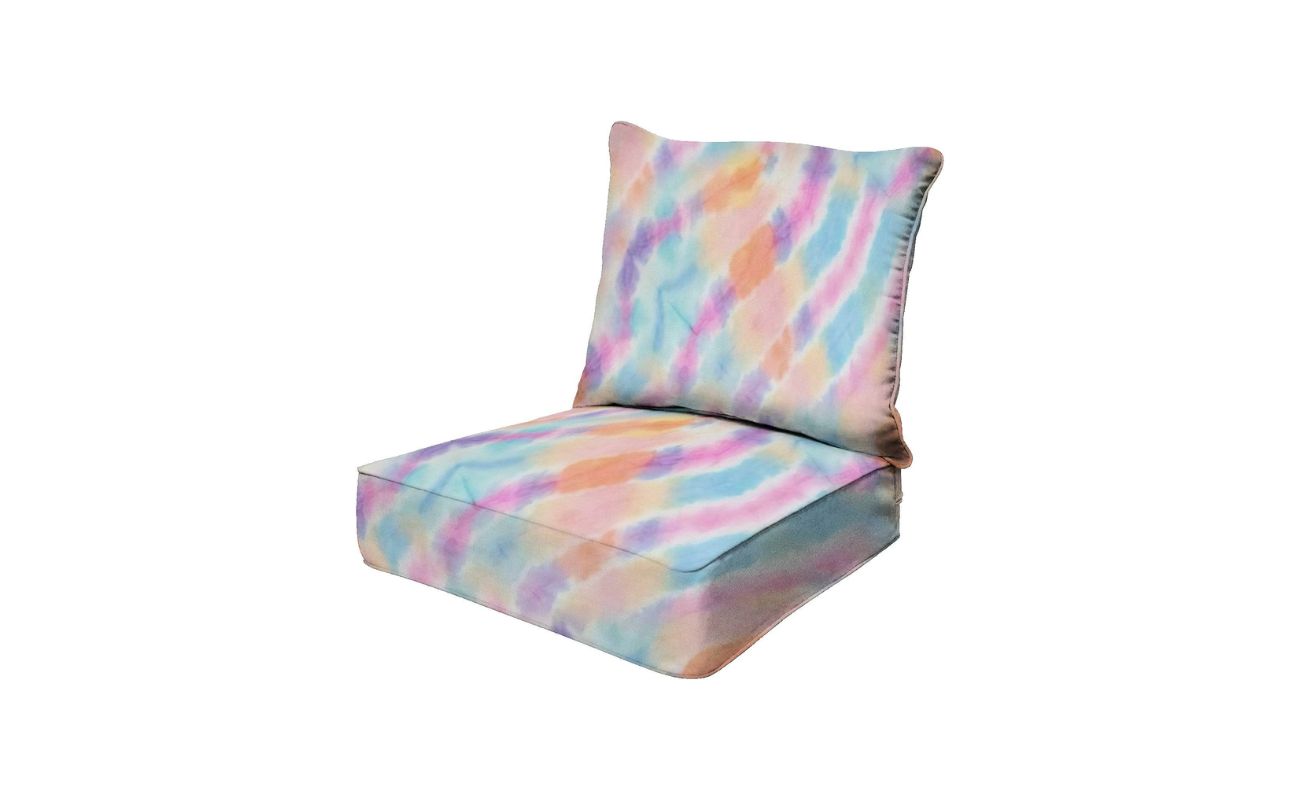
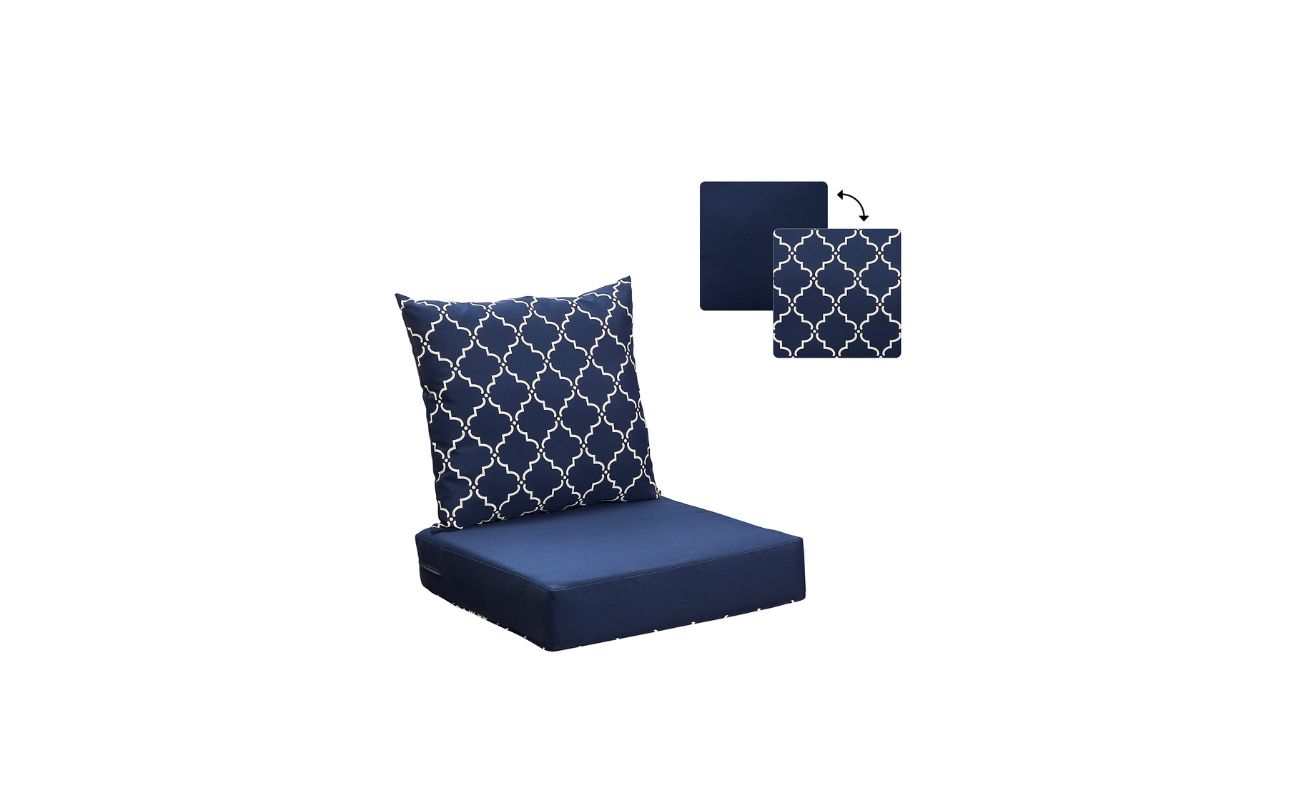
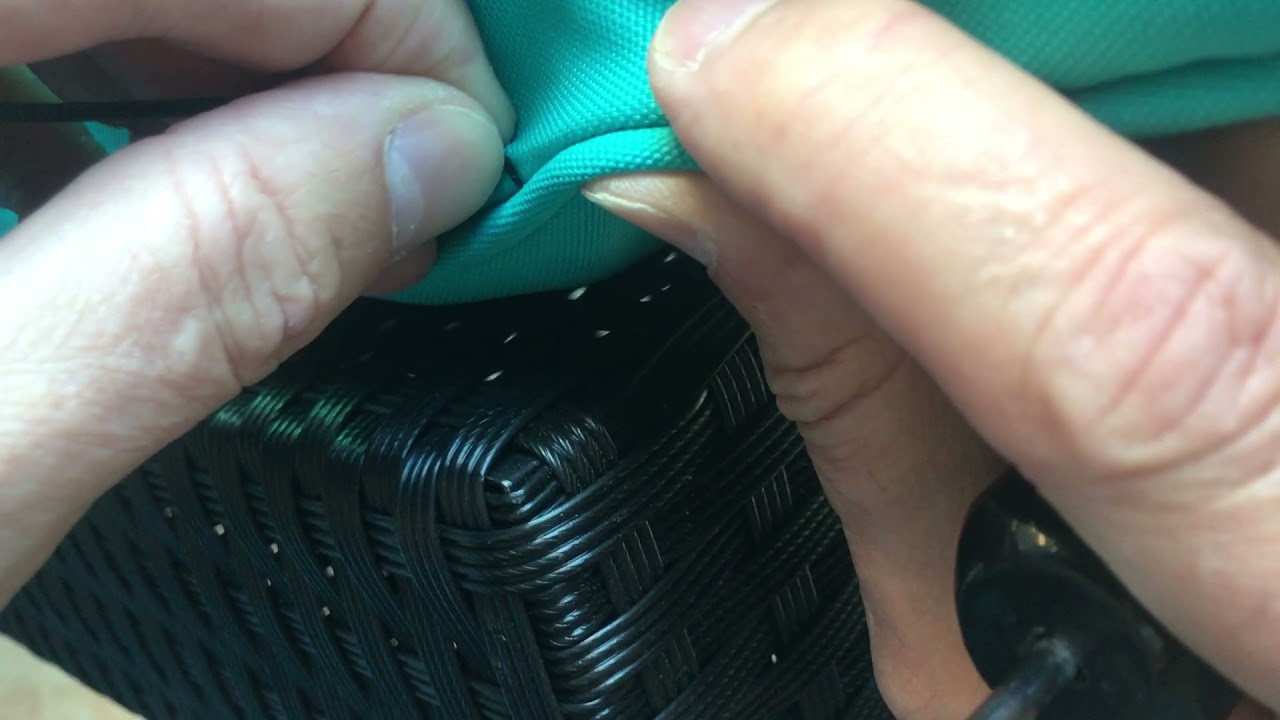
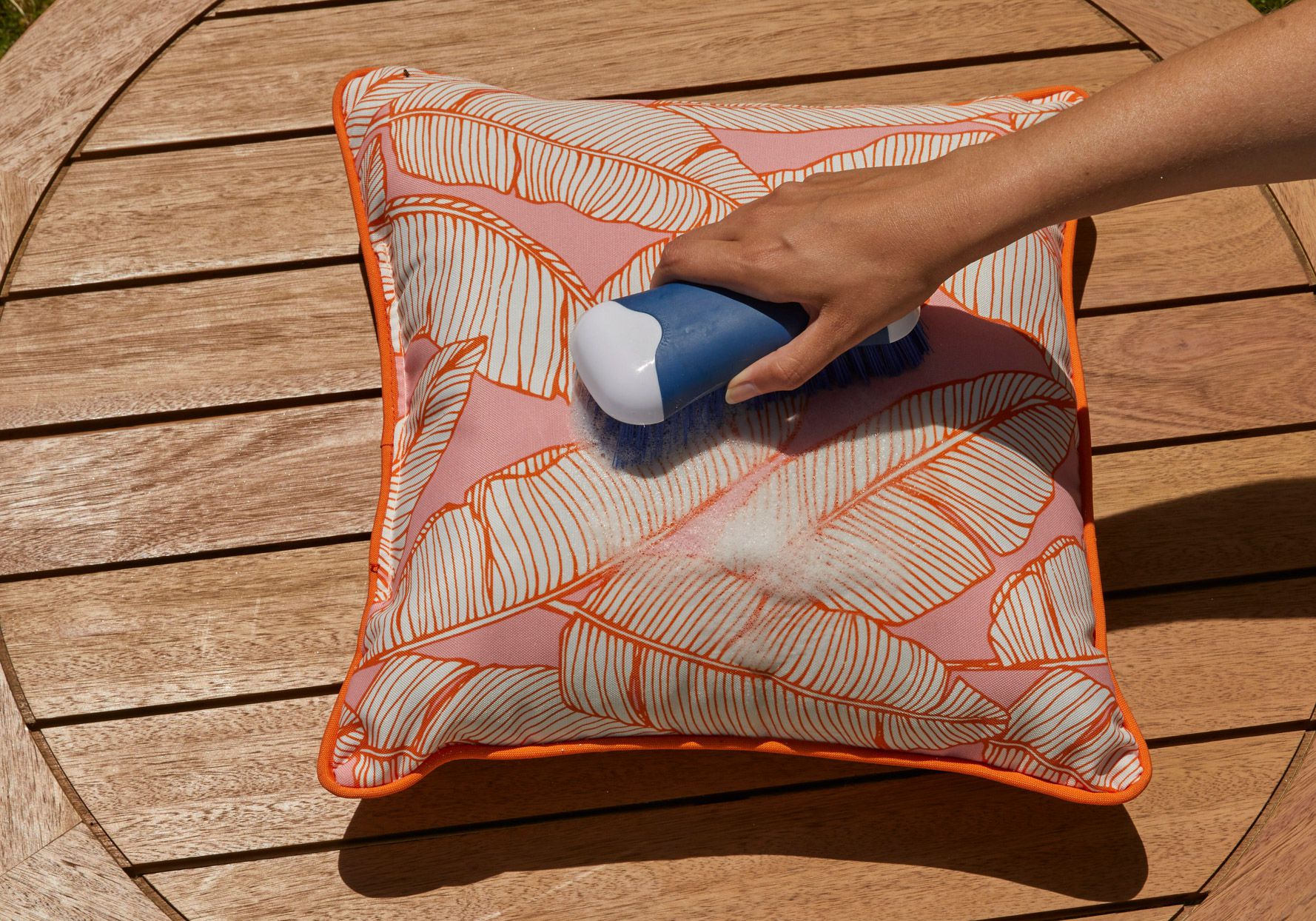
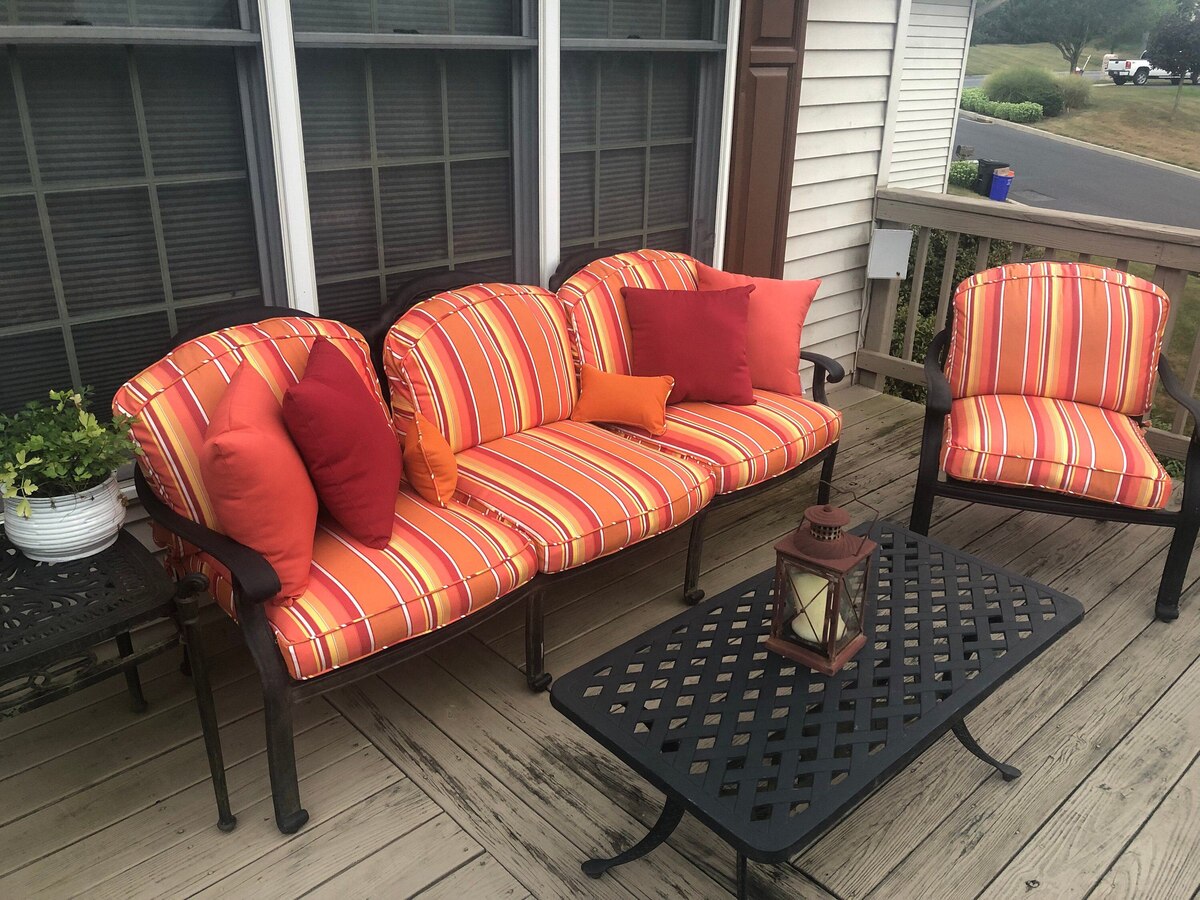
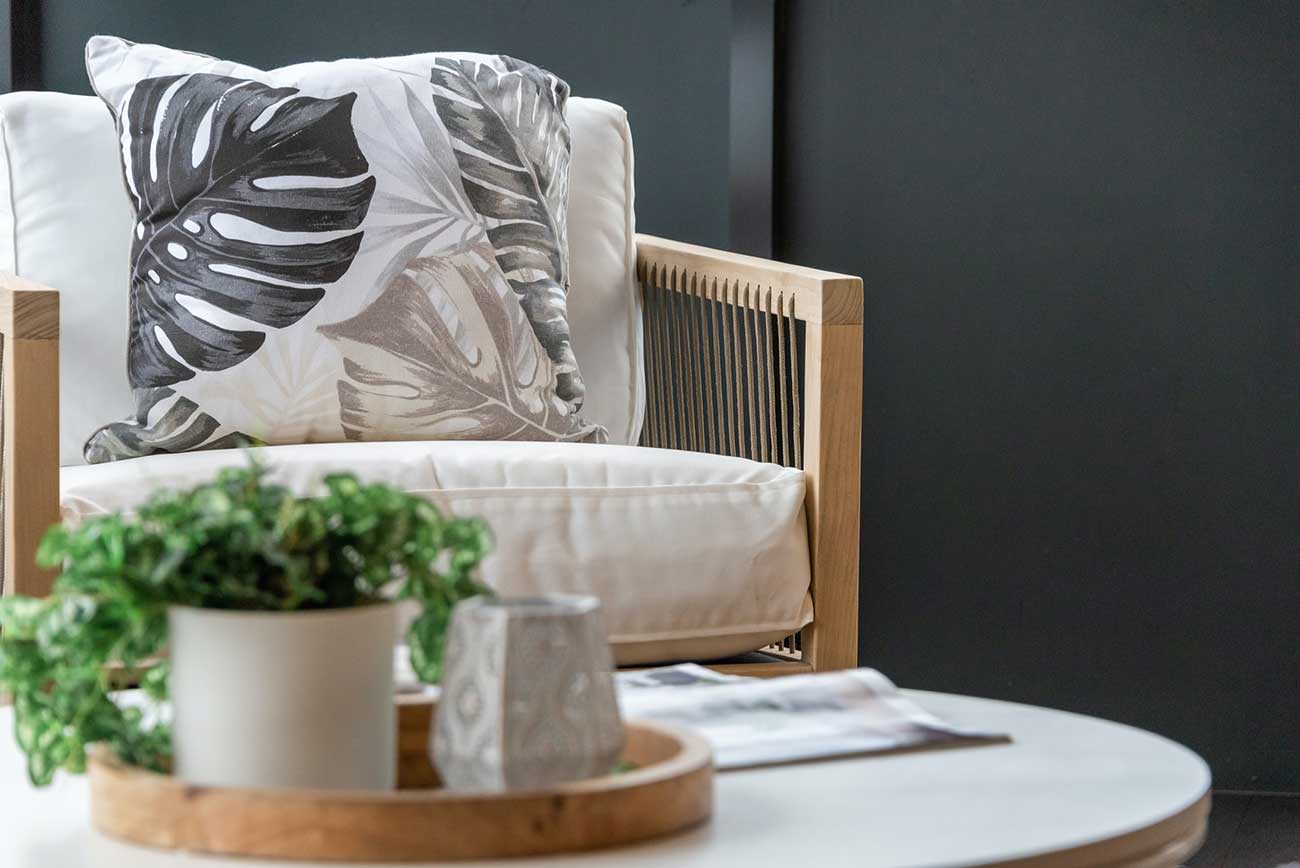
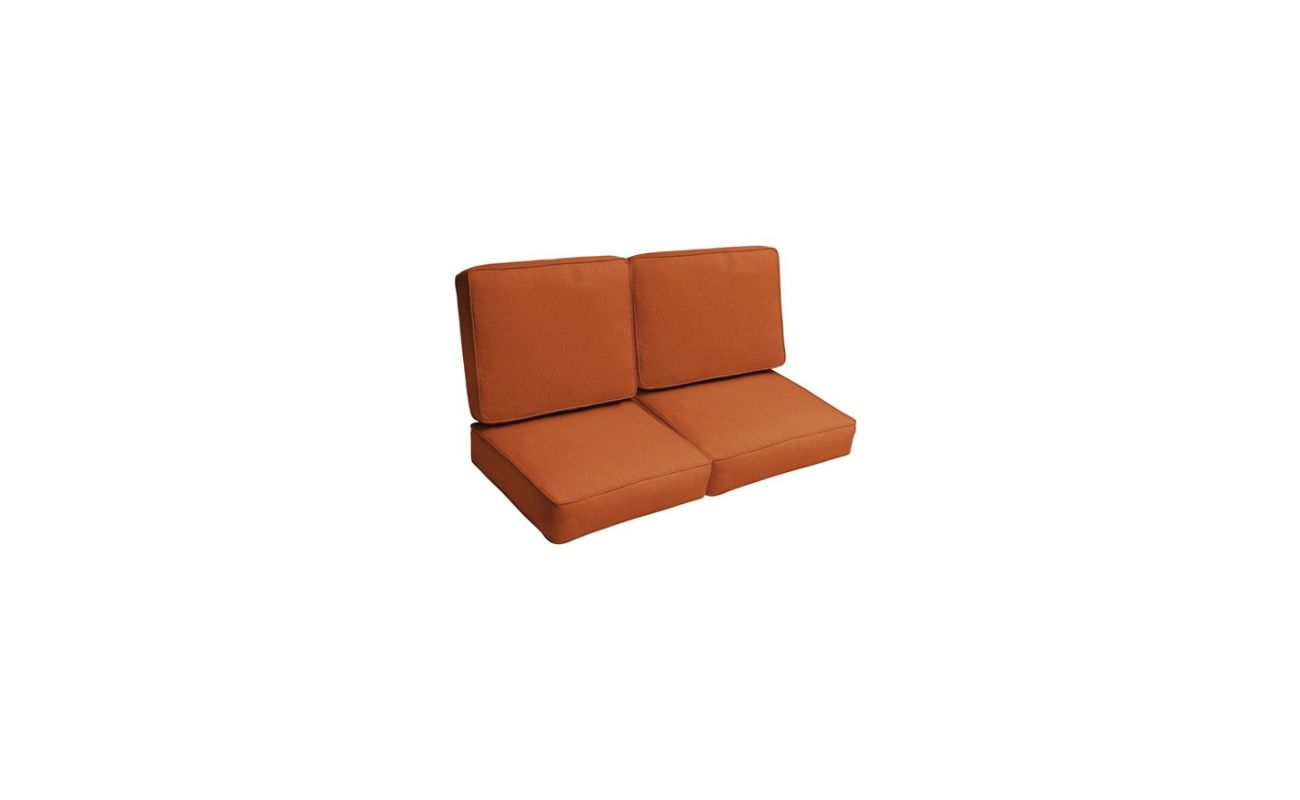
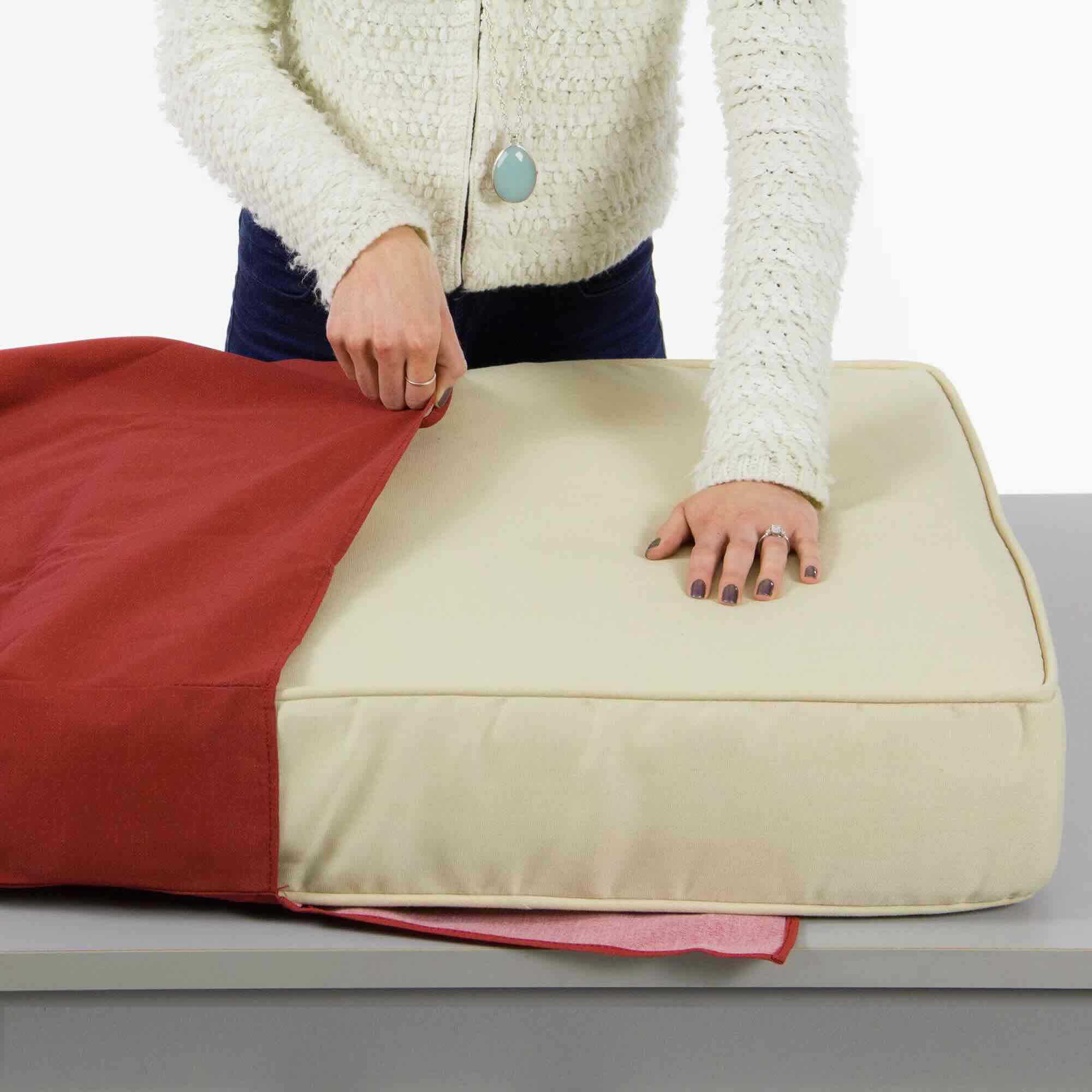
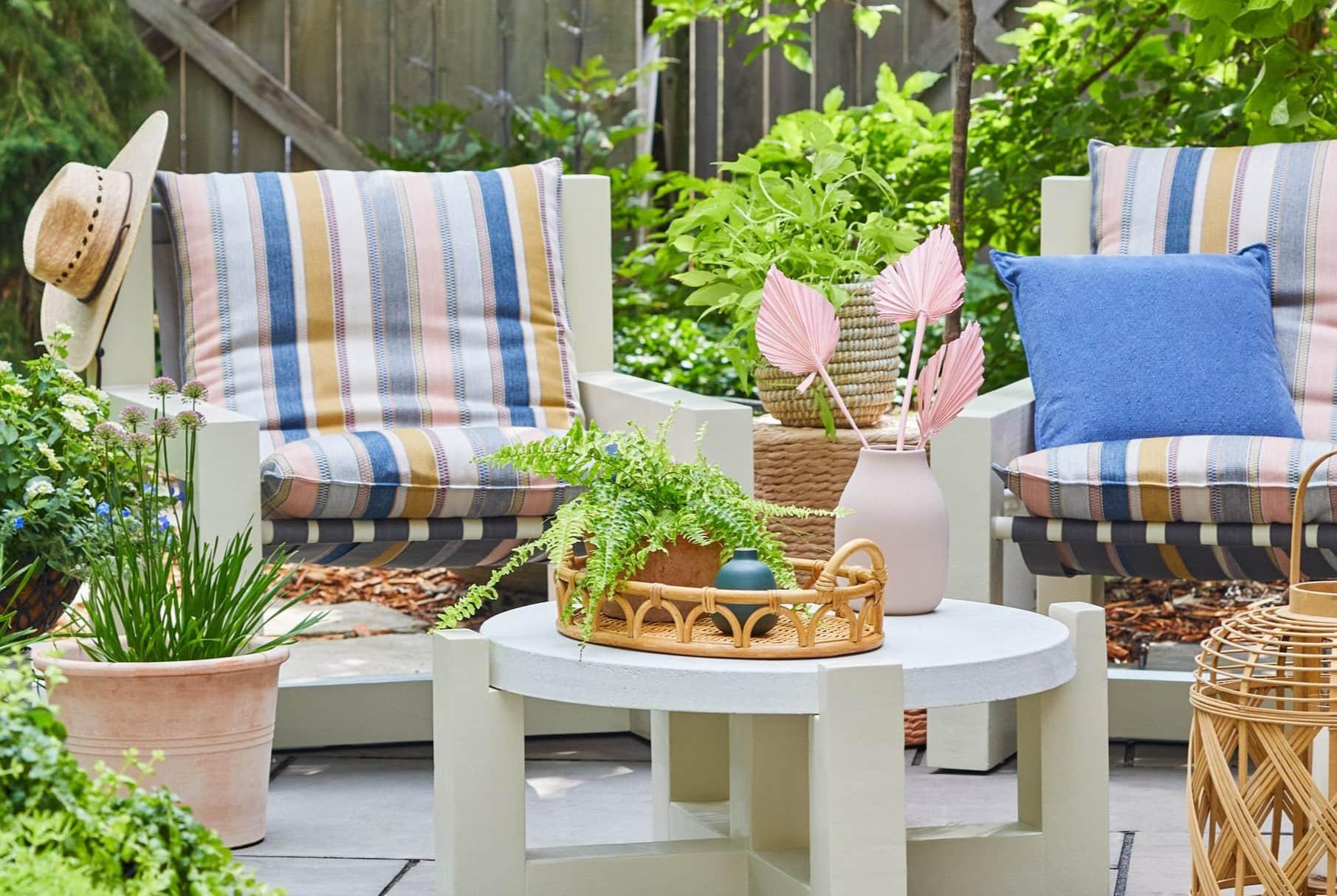

0 thoughts on “How To Waterproof Patio Cushions”